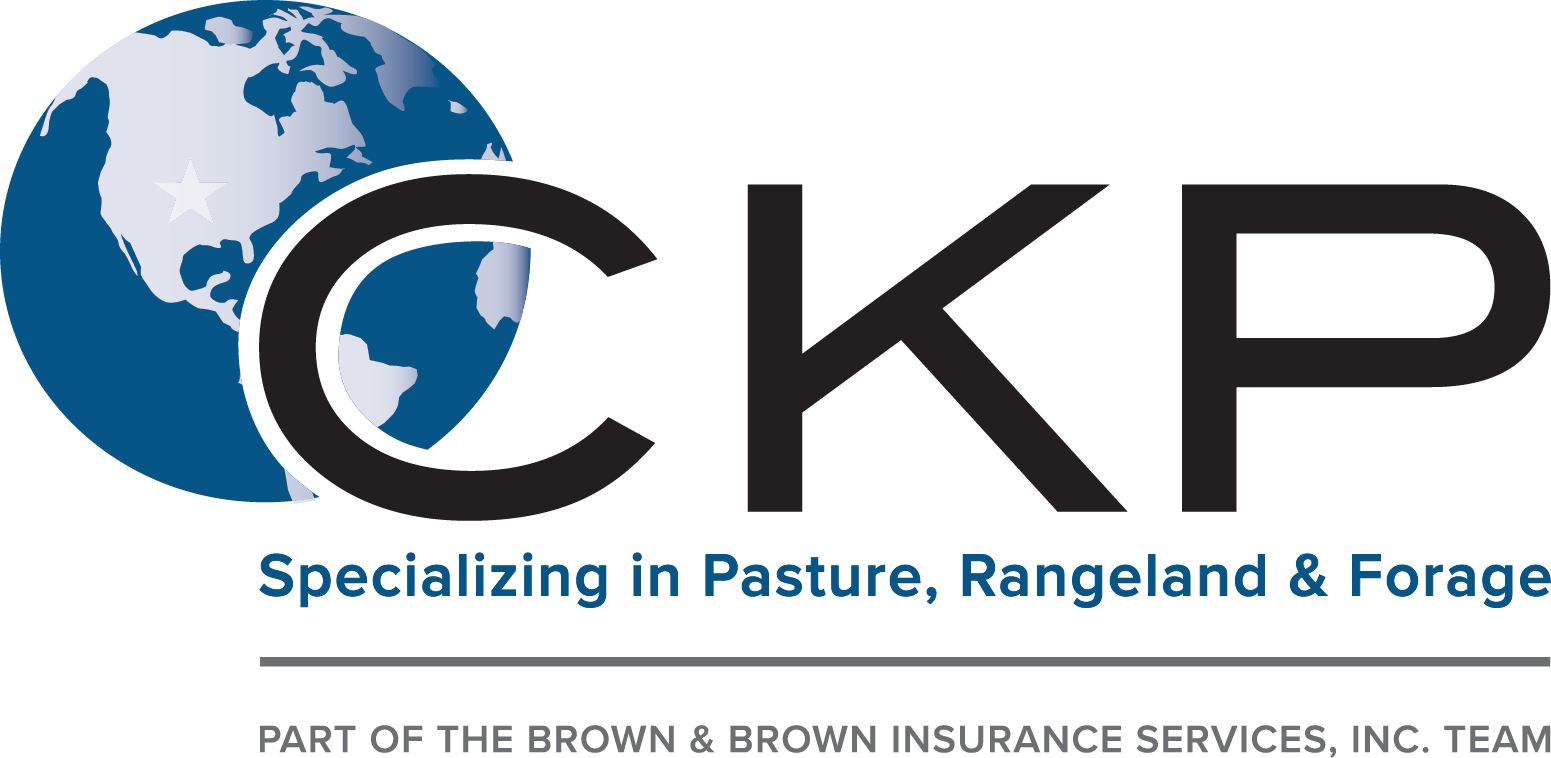The Ultimate Guide To Bagley Risk Management
Professional Guidance on Risk Assessment and LRP Insurance Policy Solutions

The Value of Risk Evaluation
Reliable threat assessment is essential in the decision-making process of any kind of company, assisting tactical planning and source appropriation. By systematically determining, reviewing, and prioritizing potential dangers, businesses can anticipate challenges, maximize possibilities, and make educated options to attain their purposes. Threat evaluation enables companies to proactively attend to vulnerabilities, minimize hazards, and enhance their danger administration techniques.
One of the vital advantages of danger assessment is its role in improving functional efficiency. By comprehending the possible dangers that can impact different elements of business, companies can enhance processes, allot sources more effectively, and decrease the likelihood of costly disruptions. In addition, threat analysis makes it possible for business to follow regulatory requirements, safeguard their reputation, and develop depend on with stakeholders.
Recognizing Possible Losses
To realize the effect of danger evaluation, it is vital to comprehend the possible losses that can significantly influence a company's procedures and economic security. Prospective losses can develop from numerous sources, consisting of natural disasters, economic slumps, operational failings, governing modifications, and cybersecurity breaches. These losses can result in straight prices such as residential or commercial property damages, lawful costs, and penalties, in addition to indirect prices like reputational damage and loss of market share.
Comprehending prospective losses involves conducting an extensive evaluation of the threats that could emerge and estimating the monetary effect they may carry the organization. By quantifying these possible losses, companies can focus on risk reduction efforts and allot resources successfully. A detailed understanding of potential losses allows organizations to make educated choices when picking threat management methods, such as buying insurance policy coverage or implementing threat control actions.
Essentially, by acknowledging and comprehending possible losses, organizations can proactively manage risks and guard their long-term sustainability and success.
Function of LRP Insurance Coverage Solutions
The integration of LRP insurance coverage solutions within a company's threat monitoring structure enhances strength and strengthens monetary security against unanticipated adversities. LRP, or Loss Recuperation Product, insurance services play a crucial role in reducing the effect of potential losses by giving financial defense and assistance in times of situation. These insurance policy solutions are tailored to fulfill the particular demands of companies, supplying protection for numerous risks such as property damage, company disruption, obligation claims, and much more.
By transferring the economic risk to an insurance policy supplier, companies can focus on their core operations with greater tranquility of mind, knowing that they are shielded against considerable financial losses. Additionally, LRP insurance coverage solutions can boost a company's risk monitoring method by supplementing existing risk reduction actions and ensuring thorough protection across all locations of possible vulnerability.
Identifying Secret Threats
In the process of danger evaluation, a vital step entails identifying vital threats that have the potential to affect an organization's procedures and economic security. Recognizing key threats requires a detailed analysis of exterior and interior factors that might posture hazards to the organization's objectives. Inner threats may consist of operational ineffectiveness, conformity problems, or human source challenges, while external threats can encompass financial slumps, governing adjustments, or natural catastrophes.

Furthermore, vital risks should be frequently assessed and updated to line up with the vibrant service setting. This see this page positive technique enables organizations to remain in advance of possible hazards and secure their long-term success.
Choosing the Right Coverage
Having actually recognized the crucial dangers that can impact an organization's procedures and economic security, the next vital step involves thoroughly selecting the right protection to efficiently manage and mitigate these threats. Companies need to consider their particular danger exposure, monetary capacities, and calculated objectives when it comes to selecting the best protection. It is vital to carry out a detailed examination of the available insurance choices to make sure that the chosen insurance coverage straightens with the organization's threat monitoring objectives.

Organizations must function very closely with skilled insurance coverage experts to evaluate their threat profiles and determine one of the most ideal insurance policy products to resolve their requirements. Customizing insurance coverage to details risks get more can aid maximize security while minimizing unnecessary costs. In addition, organizations must examine plan conditions carefully to comprehend the level of coverage given and any prospective exclusions that may influence their danger reduction approaches.
Conclusion
In final thought, danger assessment is crucial in identifying potential losses and picking the best LRP insurance policy solutions. By understanding crucial risks, organizations can mitigate economic influences and shield their possessions. It is crucial to thoroughly evaluate and examine risks to make sure ideal insurance coverage is in area. Specialist advice can assist browse the complexities of risk assessment and insurance policy remedies, supplying services with the necessary tools to properly take care of and mitigate risks.
Professional support plays a critical function in this procedure, click this offering valuable insights right into determining and reviewing risks, as well as strategically picking ideal insurance policy coverage tailored to reduce those dangers successfully. A comprehensive understanding of possible losses makes it possible for companies to make enlightened decisions when picking threat monitoring strategies, such as buying insurance coverage or implementing risk control actions.
